Spring is the perfect time to be outdoors with family and friends enjoying picnics, playgrounds and swimming in pools, especially as the temperature increases. While being near the pool is a great way to cool off, it can also bring dangerous situations like drowning. Knowing CPR and first aid can better prepare you for any situations that occur.
For Eli Thomas’s family, that situation came last August during a family trip to a relative’s home with a pool. Their 2-year-old son, Rhys, fell in the pool as he was exploring the backyard. Eli quickly pulled his son out by his ankles and gave him CPR he had remembered from an American Heart Association CPR training, a month earlier. In a few seconds, Eli had to put together everything he had learned to save his son. Rhys fully recovered from his near-drowning experience and now the Thomas family believes everyone should learn CPR.
“It is so easy to take a CPR course. And it is so important to do, so that in a moment of panic, you can still function,” Eli Thomas said.

Why should you learn CPR? When a person has a cardiac arrest, survival depends on immediately getting CPR from someone nearby and 70 percent of out-of-hospital cardiac arrests happen in homes and residential settings. CPR, especially if performed immediately, can double or triple a cardiac arrest victim’s chance of survival
At the American Heart Association, we believe that it is critical for everyone to learn CPR because it can help save a life. We have many courses available to help you prepare for more outdoor adventures. For preparing to help little ones, our online course, Heartsaver® Pediatric First Aid CPR AED, is designed to meet the training needs of childcare providers across the U.S., while also a resource for anyone responsible for the care and safety of children. The course teaches how to respond to and manage illnesses and injuries in a child or infant in the first few minutes until professional help arrives. It covers critical first aid skills, how to create a safe environment, as well as life-saving CPR.

This is a terrific example of how bystander CPR and the Chain of Survival can save a life. Thanks for sharing!
Actually I’m teaching cpr and many students asked me about drowning because not included in the American Heart association book. I am following target training centre at Sultant of Oman.when i was reading this story i remember what students talk about